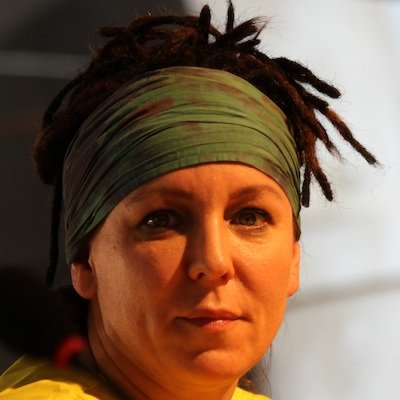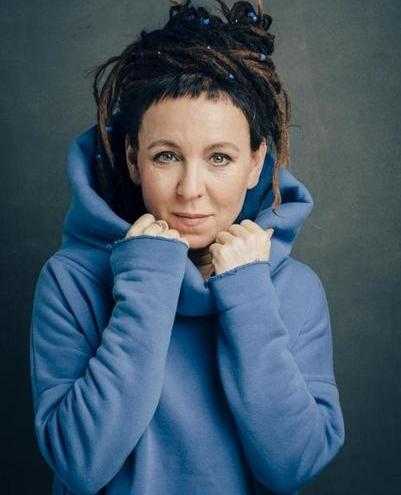

So it’s both surprising and amusing to find it gazumped by a slender picture book, meditating on the value of patience. Users should refer to the original published version of the material for the full abstract.Ever since Olga Tokarczuk won the 2018 Nobel prize, her growing legions of English language fans have been eagerly awaiting the translation of her 1,100 page historical epic The Books of Jacob. No warranty is given about the accuracy of the copy.

However, users may print, download, or email articles for individual use. Copyright of Polish Review is the property of University of Illinois Press and its content may not be copied or emailed to multiple sites or posted to a listserv without the copyright holder's express written permission.The study concludes that Tokarczuk's mythopoetic designs to express this sense of unity are not entirely successful, yet they produce literature of eclectic curiosity, imaginative daring, and earnest concern with moral challenges of today. They are rooted in the author's beliefs in the "systems of mutual connections and influences" that permeate both the human and the natural world. Tokarczuk's mythical preoccupations, however, cannot be dismissed as mere narrative stratagems. The lucid and sensitive treatment in the novel's human narratives hardly benefits from the overload of put-on mystical or metaphysical elements. The study concludes that the real and the fabulous in the novel do not merge seamlessly into one hyper-reality that would enrich our reading experience, or change our perception of the tangible world. These are correlated with Tokarczuk's views on literature, creativity, and the relations between the human mind and the universe expressed in her many direct statements, including in her Nobel Prize lecture, "The Tender Narrator." The article describes the characteristic mixture of lyrical realism and fantasy through which Tokarczuk constructs the universe of the eponymous village of Primeval, which appears both as a typical Polish peasant community and as a mythical place that may be holding some elemental mystery. To that end, the author's method of combining elements of realism, fantasy, and the supernatural are analyzed.



 0 kommentar(er)
0 kommentar(er)
